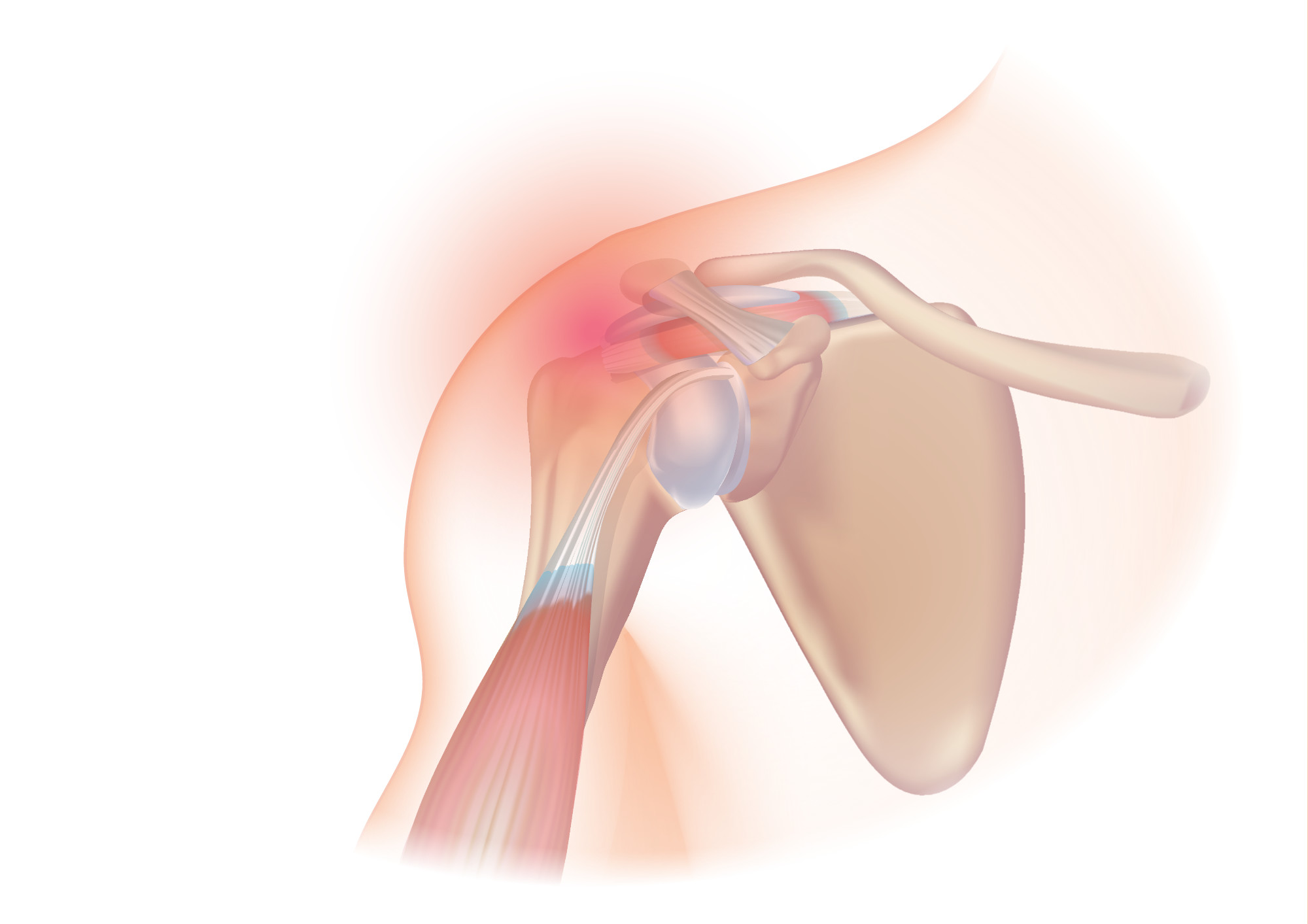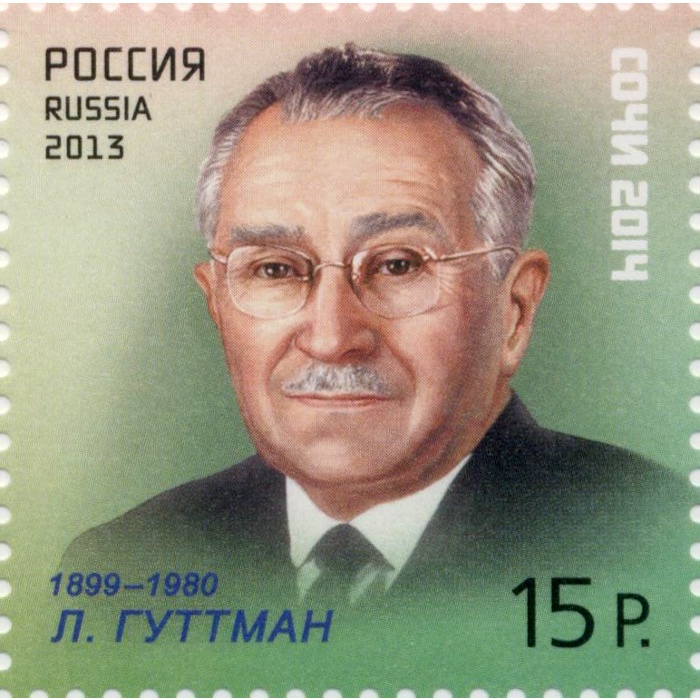|
A6 (classification)
A6 is an amputee sport classification used by the International Sports Organization for the Disabled (ISOD) for people with acquired or congenital amputations. People in this class have one arm amputated above or through the elbow joint. Their amputations impact their sport performance, including being more prone to overuse injuries. Sports people in this class are eligible to participate in include athletics, swimming, cycling, amputee basketball, amputee football, lawn bowls, and sitzball. Definition This class is for people who have one arm amputated above or through the elbow joint. This classification is sometimes abbreviated as A/E. In competing in some sports, this class may have a different name: Performance The nature of a person's amputations in this class can effect their physiology and sports performance. Because they are missing a limb, amputees are more prone to overuse injuries in their remaining limbs. Common problems for intact upper limbs for people in ... [...More Info...] [...Related Items...] OR: [Wikipedia] [Google] [Baidu] |
Amputee Sports Classification
Amputee sports classification is a disability specific sport classification used for disability sports to facilitate fair competition among people with different types of amputations. This classification was set up by International Sports Organization for the Disabled (ISOD), and is currently managed by IWAS who ISOD merged with in 2005. Several sports have sport specific governing bodies managing classification for amputee sportspeople. Classification for amputee athletes began in the 1950s and 1960s. By the early 1970s, it was formalized with 27 different classes. This was reduced to 12 in 1976, and then down to 9 in 1992 ahead of the Barcelona Paralympics. By the 1990s, a number of sports had developed their own classification systems that in some cases were not compatible with the ISOD system. This included swimming, table tennis and equestrian as they tried to integrate multiple types of disabilities in their sports. Amputee sportspeople have specific challenges that diffe ... [...More Info...] [...Related Items...] OR: [Wikipedia] [Google] [Baidu] |
International Sports Organization For The Disabled
The International Wheelchair and Amputee Sports Federation (IWAS) is an international sports organisation that governs sports for athletes with Physical disability, physical impairments. IWAS is a registered charity with its headquarters located at Aylesbury College in Buckinghamshire. It is the international governing body for the Paralympic Games, Paralympic sport of wheelchair fencing as well as the developing sport of Power hockey. IWAS has over 60 member nations and it provides support for sporting opportunities across the world. IWAS acts as a multi-sport competition organiser for the IWAS World Games and IWAS World Games, IWAS Under 23 World Games. History The International Stoke Mandeville Games were the forerunner of the Paralympic Games and followed the vision of their creator and founder, Ludwig Guttmann, Sir Ludwig Guttmann. IWAS was formed in 2005 following a merger of the International Stoke Mandeville Wheelchair Sports Federation (ISMWSF) (which was formerly k ... [...More Info...] [...Related Items...] OR: [Wikipedia] [Google] [Baidu] |
ISOD A6 Amputee Sportperson Profile , a clothing manufacturer
{{disambiguation ...
ISOD may refer to: * International Sports Federation of the Disabled, former name of the International Wheelchair and Amputee Sports Federation * Intelligence Special Operations Division, a former division of the National Bureau of Investigation, Philippines * Insulated shutter opening device, a plastic pin on a UK electrical plug See also * Izod The Izod Corporation (officially stylized as IZOD) is an American midrange clothing company that produces dressy-casual clothing, sportswear for men, and footwear and accessories. It is a division of Authentic Brands Group, and is currently ma ... [...More Info...] [...Related Items...] OR: [Wikipedia] [Google] [Baidu] |
LC1 (classification)
LC1 is a para-cycling classification. It includes a number of types of people with disabilities including people with amputation and spinal cord injuries that are mostly confined to the upper limbs. This class includes people from the ISOD A5 class, A6 class, A7 class and A8 class. Definition In 2000, ''BBC Sport'' defined this classification as "Amputee, Spinal Cord Injury and Les Autre competitors compete within the classification groupings LC1 - essentially for riders with upper limb disabilities," In 2008, ''BBC Sport'' defined this classification was "LC1: Riders with upper limb disabilities" In 2008, the ''Australian Broadcasting Corporation'' defined this classification was "Locomotor Disabilities (LC): Cyclists with a physical disability compete in four classes - LC1, LC2, LC3, LC4 - based on functional ability, with separate events for men and women." The Australian Paralympic Education Program defined this classification in 2012 as: "Riders with upper limb disabilities ... [...More Info...] [...Related Items...] OR: [Wikipedia] [Google] [Baidu] |
LW6/8
LW6/8 is a para-alpine and para-Nordic standing skiing ''sport class'', a classification defined by the International Paralympic Committee (IPC) for people with an upper extremity issue who have paralysis, motor paresis affecting one arm, a single upper arm amputation or CP8 classified cerebral palsy. LW6/8 skiers use two skis and one pole in both para-alpine and para-Nordic skiing. Skiers in this class include 2006 New Zealand Winter Paralympian Anthony Field, Germany's Thomas Oelsner and Australia's Mitchell Gourley. Definition This classification is used in para-alpine and para-Nordic standing skiing, where LW stands for Locomotor Winter. Designed for people with an upper extremity issue, a skier may be classified as LW6/8 if they have paralysis, motor paresis affecting one arm, or a single upper arm amputation. The International Paralympic Committee (IPC) defined this classification for para-alpine as "Competitors with disabilities in one upper limb, skiing with two norm ... [...More Info...] [...Related Items...] OR: [Wikipedia] [Google] [Baidu] |
S4 (classification)
S4, SB3, SM4 are disability swimming classifications used for categorising swimmers based on their level of disability. Swimmers in this class have coordination problems affecting all four of their limbs, or have movement in their arms but no trunk or leg function. They also generally have weakness in their hands and arms. A variety of disabilities are represented by this class including people with quadriplegia from spinal cord injury or similar. Events this class can participate in include 50m and 100m Freestyle, 200m Freestyle, 50m Backstroke, 50m Butterfly, 50m Breaststroke, and 150m Individual Medley events. The class competes at the Paralympic Games. Sport This classification is for swimming. In the classification title, S represents Freestyle, Backstroke and Butterfly strokes. SB means breaststroke. SM means individual medley. Swimming classifications are on a gradient, with one being the most severely physically impaired to ten having the least amount of physical dis ... [...More Info...] [...Related Items...] OR: [Wikipedia] [Google] [Baidu] |
Rotator Cuff Tear
A rotator cuff tear is an injury where one or more of the tendons or muscles of the rotator cuff of the shoulder get torn. Symptoms may include shoulder pain, which is often worse with movement, limited range of motion, or weakness. This may limit people's ability to brush their hair or put on clothing. Clicking may also occur with movement of the arm. Tears may occur as the result of a sudden force or gradually over time. Risk factors include certain repetitive activities, smoking, and a family history of the condition. Diagnosis is based on symptoms, examination, and medical imaging. The rotator cuff is made up of the supraspinatus, infraspinatus, teres minor, and subscapularis. The supraspinatus is the most commonly affected. Treatment may include pain medication such as NSAIDs and specific exercises. It is recommended that people who are unable to raise their arm above 90 degrees after 2 weeks should be further assessed. In severe cases surgery may be tried, however ben ... [...More Info...] [...Related Items...] OR: [Wikipedia] [Google] [Baidu] |
Impingement Syndrome
Shoulder impingement syndrome is a syndrome involving tendonitis (inflammation of tendons) of the rotator cuff muscles as they pass through the subacromial space, the passage beneath the acromion. It is particularly associated with tendonitis of the supraspinatus muscle. This can result in pain, weakness, and loss of movement at the shoulder. Signs and symptoms The most common symptoms in impingement syndrome are pain, weakness and a loss of movement at the affected shoulder. The pain is often worsened by shoulder overhead movement and may occur at night, especially when lying on the affected shoulder. The onset of the pain may be acute if due to an injury or insidious if due to a gradual process such as an osteoarthritic spur. The pain has been described as dull rather than sharp, and lingers for long periods of time, making it hard to fall asleep. Other symptoms can include a grinding or popping sensation during movement of the shoulder. The range of motion at the shoulder may ... [...More Info...] [...Related Items...] OR: [Wikipedia] [Google] [Baidu] |
Epicondylitis
Epicondylitis is a type of musculoskeletal disorder that refers to an inflammation of an epicondyle. It is caused by repetitive motion. In athletes, it is linked to poor technique. Nonsurgical treatment is effective in approximately 95% of cases. Types include: * Lateral epicondylitis, also known as tennis elbow. * Medial epicondylitis, also known as golfer's elbow Golfer's elbow, or medial epicondylitis, is tendinosis of the medial epicondyle on the inside of the elbow. It is in some ways similar to tennis elbow, which affects the outside at the lateral epicondyle. The anterior forearm contains several ... (Also thrower's elbow). References Inflammations {{musculoskeletal-disease-stub ... [...More Info...] [...Related Items...] OR: [Wikipedia] [Google] [Baidu] |
Paralympic Games
The Paralympic Games or Paralympics, also known as the ''Games of the Paralympiad'', is a periodic series of international multisport events involving athletes with a range of physical disabilities, including impaired muscle power and impaired passive range of movement, limb deficiency, leg length difference, short stature, hypertonia, ataxia, athetosis, vision impairment and intellectual impairment. There are Winter and Summer Paralympic Games, which since the 1988 Summer Olympics in Seoul, South Korea, are held almost immediately following the respective Olympic Games. All Paralympic Games are governed by the International Paralympic Committee (IPC). The Paralympics has grown from a small gathering of British World War II veterans in 1948 to become one of the largest international sporting events by the early 21st century. The Paralympics has grown from 400 athletes with a disability from 23 countries in Rome 1960, where they were proposed by doctor Antonio Maglio, to 4, ... [...More Info...] [...Related Items...] OR: [Wikipedia] [Google] [Baidu] |






